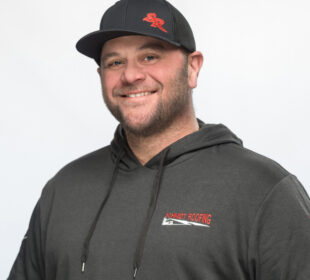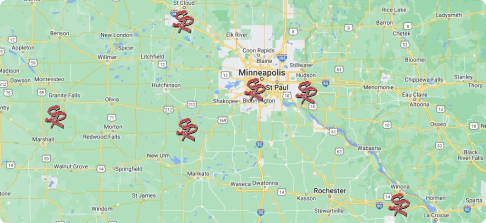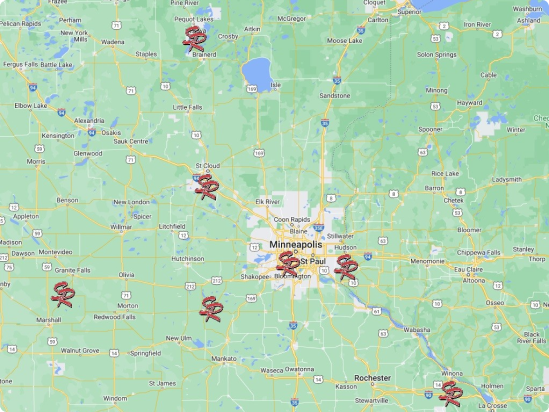When it comes to choosing commercial roofing and contractors, architects and building owners have much to consider. It’s important to consider how well the roof withstands the elements as well as the budget, aesthetics, and the cost of upkeep for the materials.
Today, flat roofing is seen on a majority of commercial buildings. These roofs need high levels of protection to keep them in great shape for years. The following three types of commercial roofing systems are among the most commonly chosen these days, and each has a unique set of benefits that must be considered before finalizing any roofing decision.
TPO Roofing
TPO, or thermoplastic polyolefin, is a common flat roofing choice that provides longevity and strength. Although this is a single-layer membrane, TPO roofing can be adhered to a variety of roof types and welded together to keep out wind and rain. During the welding process, the membranes are soft and flexible, but after they are welded, they become hard and strong. TPO roofing has many favorable characteristics, including the following:
- Designed to last at least 30 years
- Resistant to grease
- Resistant to inclement weather
- Holds up well to heat and wind
- Available in a variety of colors but most often seen in white, tan, and gray
EPDM Roofing
EPDM, or Ethylene Propylene Diene Monomer roofing, is a rubberized option that comes in black and white. It can be used on flat roofs as well as on those with very light slopes. The wide strips are attached mechanically, or they may be ballasted or adhered to before the seams are closed with tape or another adhesive. EPDM roofing also offers plenty of benefits, such as the following:
- Holds up well in very cold temperatures
- Provides excellent insulation and lowers heating and cooling costs
- Resistant to ultraviolet radiation, ozone, acids and solvents
Metal Roofing
Metal roofing also works equally well on flat roofs as it does on sloped roofs. Although it was once considered a non-traditional choice, today it is seen as a smart option for building owners looking for great aesthetics and incredible strength. It can often last up to 50 years. While it is typically more expensive than other options are initially, it has a great return on investment thanks to its ability to reduce heating and cooling costs and to wear well with very little maintenance. In addition, it offers the following benefits.
- Reduces risk of fire damage
- Very lightweight
- Energy efficient and environmentally friendly
With any type of roofing system, regular maintenance is imperative to keeping the building in good shape. A yearly inspection will show any potential problems, allowing owners to make smaller repairs rather than having to opt for a more expensive roofing replacement in only a few years. Building owners must carefully consider their budgets, the amount of time and money they have to invest in repairs, and the overall look of the building to decide which type of roof is best for their needs.


